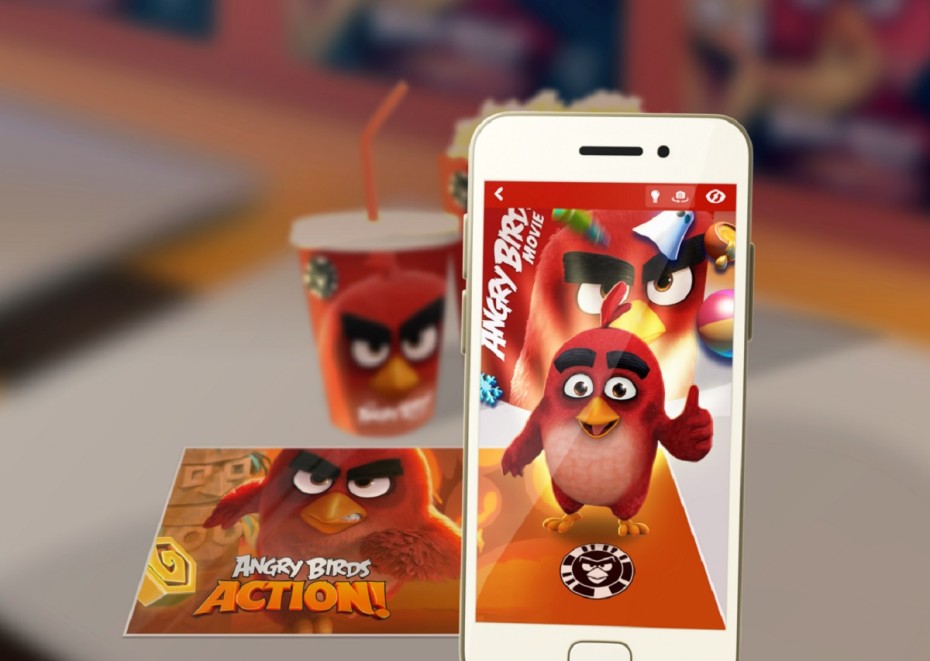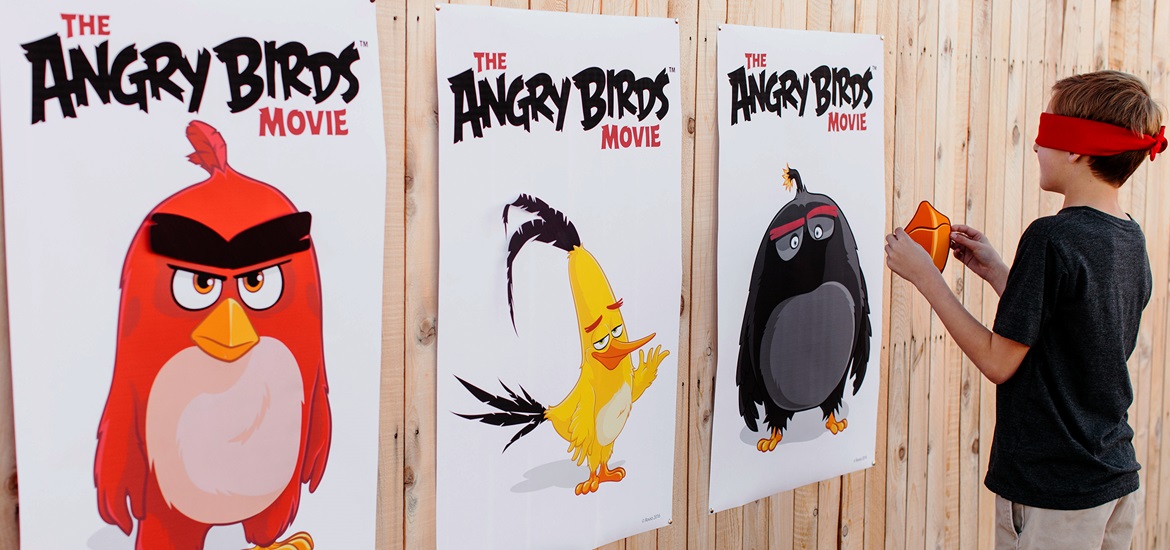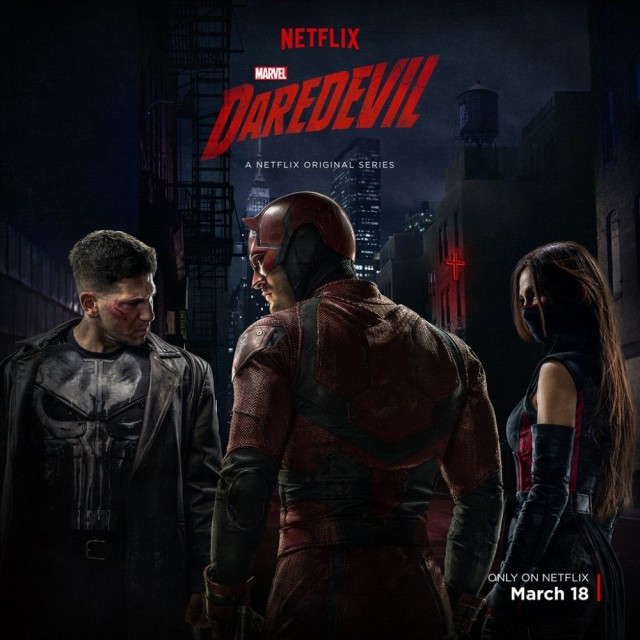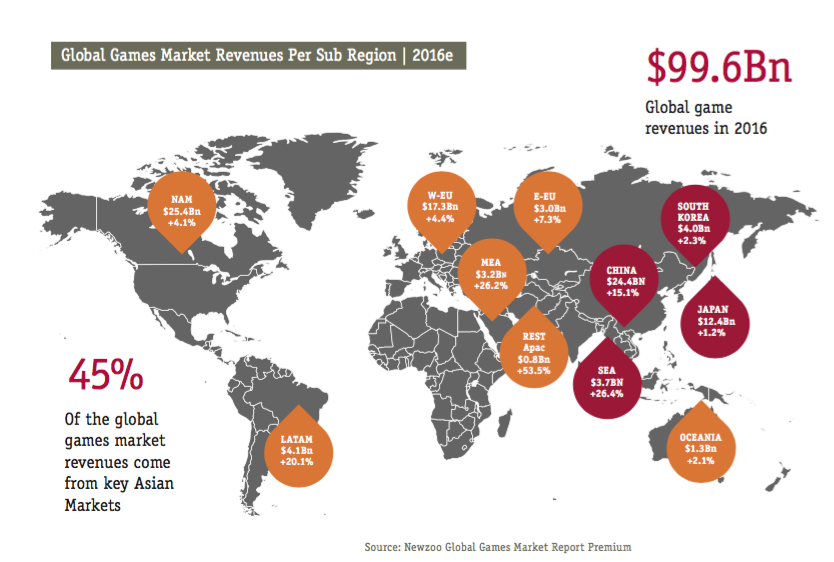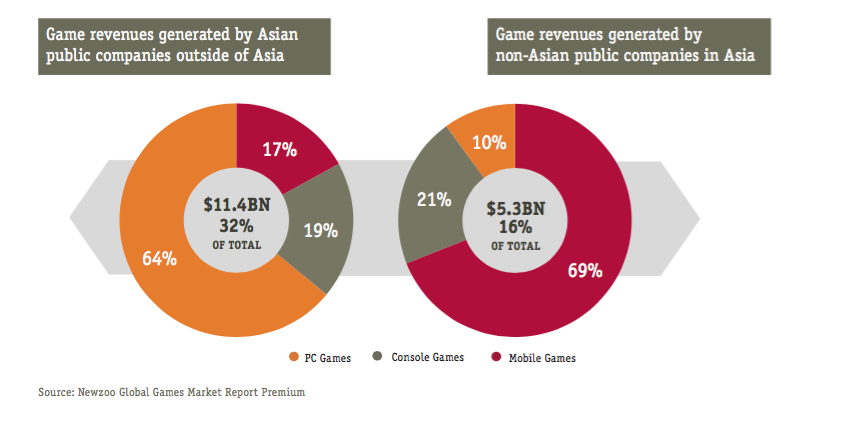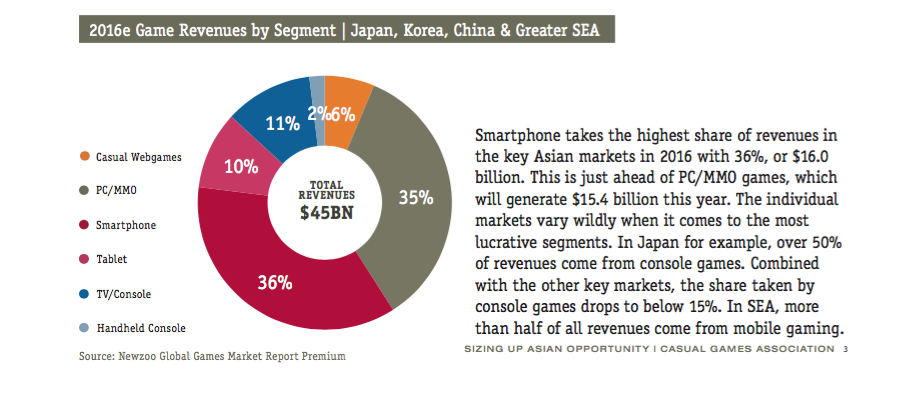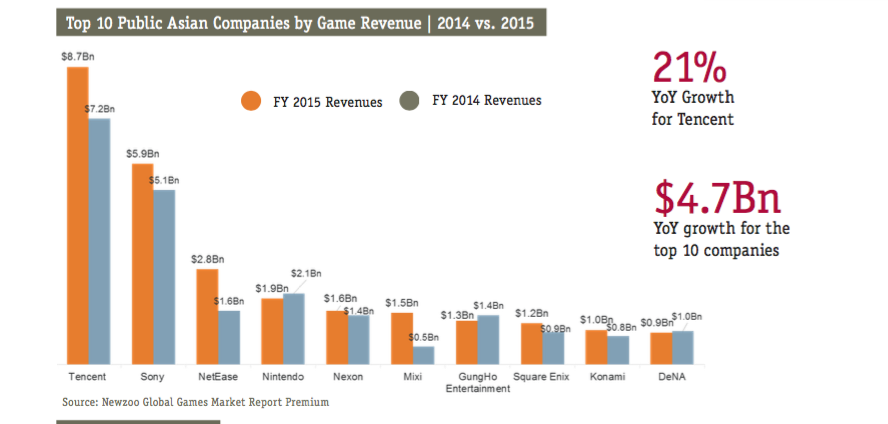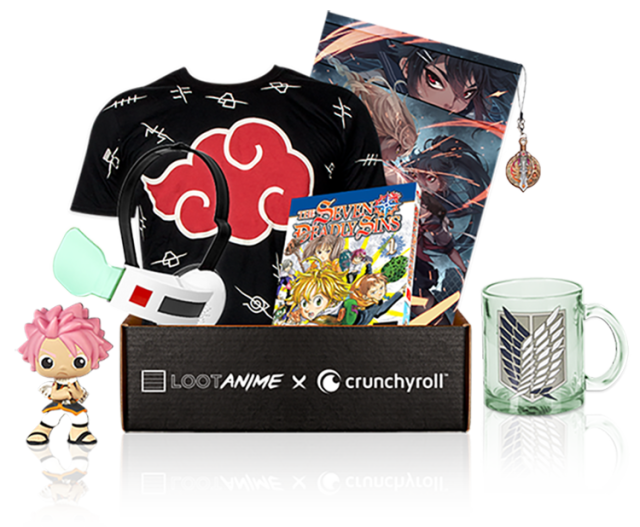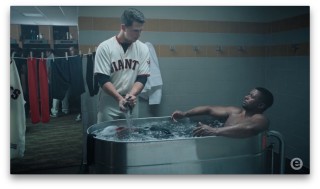When it comes to traditional sports such as baseball, it’s all about statistics for fans. Those types of stats are also a big part of the burgeoning eSports landscape, and now Sportradar US is delivering stats based on Counter-Strike: Global Offensive, Dota 2, League of Legends, and StarCraft II to the same media companies that run NFL, NHL, and NASCAR numbers for fans to disseminate the details of what happened in a match.
In October, Sportradar secured a strategic investment from Revolution Growth to support its expansion in the U.S. Market, while announcing that Ted Leonsis, Mark Cuban, and Michael Jordan joined its U.S. Advisory Board. Cuban is a big proponent of eSports.
Will Thornton, business development manager of Sportradar US, has been in the numbers game since founding SportsData in 2010. That company was acquired by Swiss company Sportradar AG in 2013. He explains what eSports data distribution means for the growth of professional video gaming in this exclusive interview.
What separates Sportradar from anything else out there on the traditional sports front?
Initially, Sportradar US was able to gain a significant market share with a better mousetrap. We offered the industry faster data, and our clients were able to get their products up and running quickly because we provide a very easy-to-use API. Now we’ve taken things a step further with a commitment to bringing exclusive content to market, such as eSports or the NFL’s Next Gen Stats, and creating dynamic applications that unlock the power of sports data.
How does Sportradar work with the NFL, NHL, and NASCAR?
We are the official data partner for the NFL, NHL, and NASCAR. They rely on Sportradar to license their official data to media companies on their behalf. For NASCAR that would be the Official Scoring and Timing Feed; for NFL it is the official play-by-play and Next Gen Stats (player tracking), and for NHL it is the HITS Feed. These data feeds power the live scores and stats you see on the web or your mobile device, as well as fantasy games and second screen apps.
Why did you decide to enter the eSports vertical?
Sportradar is committed to bringing exclusive content, such as eSports data, to market. We believe that eSports is going to be a key strategy for digital media companies as they look to attract Millennials and broaden their audiences. The feedback we are getting is tremendous, and I think we will have numerous eSports case studies to share over the coming year.
How are you working with established leagues such as MLG and ESL, or publishers like Riot Games or Valve in the eSports business?
We are in discussions with a number of players in the eSports space about a number of different endeavors. However, it would not be appropriate to mention names until we are at the announcement stage. Sportradar teamed with ESL last October in a partnership covering data, as well as integrity measures. They are at the vanguard of this exciting sector and have proven to be tremendous partners.
How does your eSports API differ from other technologies out there?
To my knowledge, we will be the only source for comprehensive coverage of eSports across a wide array of games and competitions. If you are a fan of CS:GO, for example, we can provide the content so you know the player economy and who has the most assists in competition. Everyone knows how many home runs Barry Bonds hit or how many touchdown passes Peyton Manning has thrown. We’re taking that detail to eSports.
How do you see your technology impacting the eSports business?
Live data will be the key to opening up a wide array of digital enhancements for the eSports community. Real-time game centers for eSports, informative apps for your mobile devices with schedules and standings, historical stats for players and teams. These are the tools that media companies are accustomed to having for any sport they cover—from NFL to MLB to NBA—with great depth. There is a big opportunity with brands because they can use our data and solutions to promote their products to millennials. I could go on and on.
What similarities are you seeing between working with established leagues and eSports companies and how this data is used?
Reliable, fast, and accurate data ensures that media companies have the tools to cover eSports in the same manner as they would traditional sports. Sportradar’s data feed provides key data points such as statistics, results, and play-by-play for all the leading game titles and tournaments, including CS:GO, Dota 2, League of Legends and StarCraft II.
What role, if any, does this data play for the growing Fantasy Sports and betting businesses, both of which eSports is now part of?
While our parent company (Sportradar AG) serves a multitude of customer segments globally, Sportradar US is solely focused on serving digital, media, technology, and fantasy customers and does not serve bookmakers. Data is essential in powering a fantasy platform. Players expect to have immediate gratification when their player performs well. Our data for traditional sports power the big fantasy players. We plan on supporting the eSports fantasy community the same way.
Overseas, we are very proud to be leading global anti-match-fixing efforts by developing and delivering a fully tailored eSports monitoring system. Our partnership with the world’s leading eSports tournament organizer, ESL, enables us to leverage eSports data to power a Fraud Detection System that is completely tailored to monitor all the relevant traditional and specialist betting markets around the world.
What impact has having Mark Cuban on the advisory board had on this eSports endeavor?
Truth be told, we were well down the eSports path before Mark joined our U.S. advisory board this past October. Now that he is on our team, Mark has been a tremendous advocate for the direction we’ve taken. He believes eSports has a big future, obviously, having invested heavily in eSports companies in addition to his sports data investment with Sportradar. He is very active on our behalf and it’s really a tremendous asset to have his knowledge and experience working for Sportradar.
